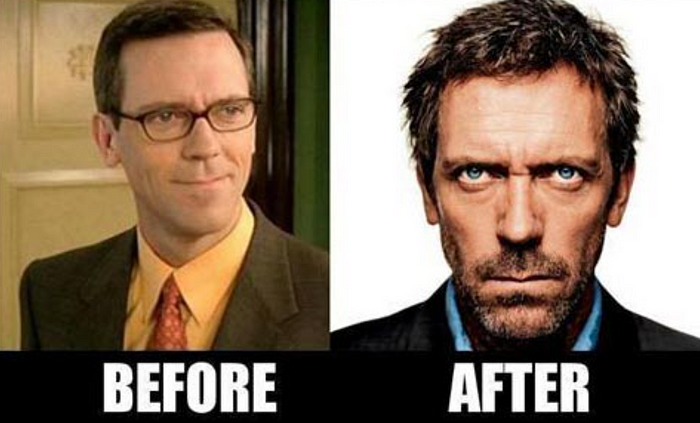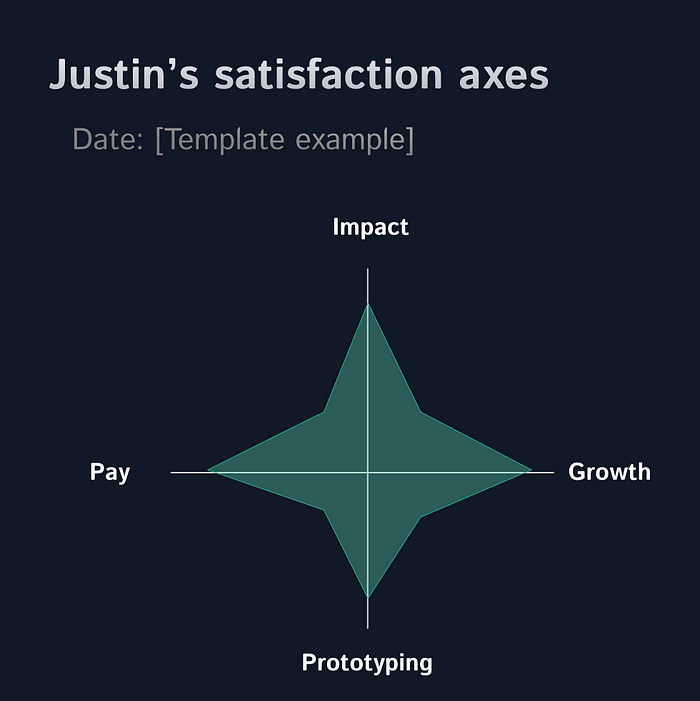

Tips for designers to avoid and recover from burnout
source link: https://uxplanet.org/tips-for-designers-to-avoid-and-recover-from-burnout-b5ff91893f95
Go to the source link to view the article. You can view the picture content, updated content and better typesetting reading experience. If the link is broken, please click the button below to view the snapshot at that time.

Tips for designers to avoid and recover from burnout
Reignite passion and purpose

Flipped image from Greenbiz
Designers enter the UX field bright eyed and equipped with their favorite human-centric design process, ready to change the world.
Then comes rigorous constraints, XFN asks, deprioritization of projects, and project scopes being smaller or less interesting than you might have expected…
Without healthy mechanisms to balance these out, over time it can lead to getting jaded, lack of motivation, or burnout.

So what can help maintain or reignite the spark?
Here’s a set of questions I try to ask myself when I’m feeling a little mentally exhausted:
1. Have you taken PTO in the last 2 months?
If not, do it.

Recent trip to Amalfia during a 2 week pto
Every time I’m worried about taking pto, but every time I take it, I’m glad I did and looking back feel like I was more productivity overall because of it.
PTO is a healthy part of a sustainable work-life balance and has always helped me come back with refreshed, inspired, and with renewed enthusiasm.
2. Are you still working on projects that interest you?

image from shutterstock
If you’re working in a product area with a limited scope or on a topic you aren’t as interested in, you can rephrase the classic “How might we” framework to instead brainstorm answers to “How might I do more work that I’m interested in?”
- Can you craft exciting vision work that pushes the team in the right direction?
- Are there hackathons you could explore?
- Are there other teams or companies working on projects that excite you more?
Time is a finite resource. Energy is a different story. — Harvard Business Review
An energy audit is a really helpful tool for this exercise.
This is how I visualize my energy or satisfaction from opportunities myself

3. Seek inspiration sources
Attending conferences, exhibitions, and workshops are common ways designers try to discover new ux inspo
But ouside of UX sources, exploring other industries, art forms, or hobbies as well as engaging with diverse perspectives gives me a lot of creative juice.
Recently I’ve been exploring film, stunt performing, and acting on the side which I’ve found to have unexpected but overlapping skills.

I started exploring film and it taught me overlapping skills: designing for focus & storytelling
4. Reflect on Your Journey
It’s aways useful to take a moment to reflect on your design journey, from your early aspirations to your current position.

image credit: psychology today
It’ll help you put your work into perspective and remember the projects that inspired you, the challenges you overcame, the positive impact you made through your work, and potential for further growth.
Going back through my old design projects always helps me put into perspective where I started from and growth from there (they started pretty bad 🤣). Also reaching out to peers and reminiscing about old projects is also a good way to do this.
4. Mentor and Share Knowledge
Reflecting on your journey can be difficult to self initiate. One way that “forces” you to do this in a helpful and therapeutic way is by sharing your expertise with aspiring designers.
Mentoring allows you to pass on your knowledge, inspire others, and contribute to the growth of the design community.
Adplist is one example
6. Prioritize your mental / physical health
As designers, we think so much about what we create, sometimes we forget to prioritize our own well-being and prioritize our mental health.

Image credit: Lyra health
By nurturing ourselves (both mentally and emotionally) we benefit our overall well-being and allowing us to design with clarity, passion, and purpose.
- Schedule a session with a therapist
- Try meditation
- Pick up a sport
- Talk to friends / coworkers
5. Set Stretch Goals
Setting goals to challenge yourself can help drive your motivation, especially if you’re an ambitious designer driven by progress.

image credit: teamly
Establishing goals can push you out of your comfort zone and require you to learn new skills or tackle novel projects.
Then breaking them down into smaller, achievable milestones can maintain a sense of progress and avoid becoming overwhelmed.
Conclusion
Maintaining ambition as a senior designer requires a pretty proactive approach to reignite passion and purpose.
Have any other tips to maintain motivation or overcome burnout? Let me know!
Recommend
About Joyk
Aggregate valuable and interesting links.
Joyk means Joy of geeK